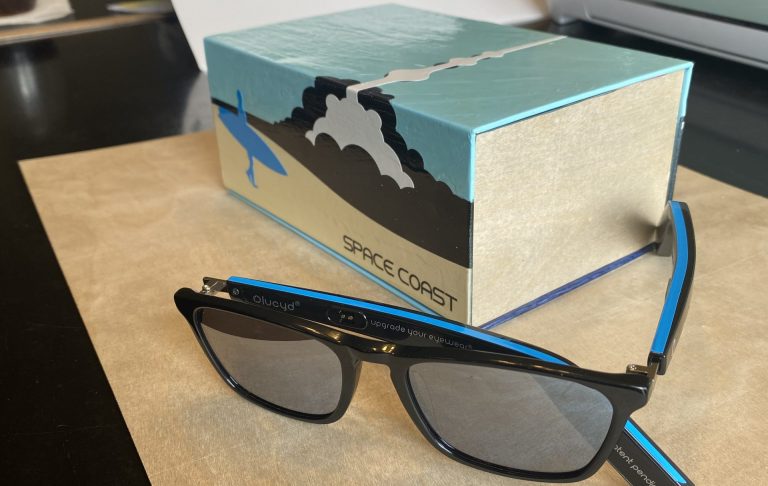Planning to build a swimming pool in your backyard? Custom Pool Estimator provides an easy-to-use online tool to help you design and estimate the cost of construction. With its detailed cost estimate and informative content, the site offers a one-stop solution for designing and budgeting your dream pool.
Category: Things
Enter the Ghost Chain Society
In recent months, I’ve redirected focus across the crypto space and firmly into NFT’s, smart contracts, and most recently, the Ghost Chain Society, a new and unique CNFT project with a great story, gaming elements,…
Pixels to Products to NFT’s, All For Sale
Recently I was asked to join a project combining art, crypto, wearable tech, and non-fungible tokens, so naturally, I was all in. Meet Lucyd Eyewear, the latest in wearable tech by way of bluetooth sunglasses…
Barnacles & Rum
It sounds like a pirates life to me! @Dictador_Brands of Cartegena, Colombia has taken an interesting spin on the aging process for sure. See what @MasterofMalt has to say about it: Just one question… Who’s…



